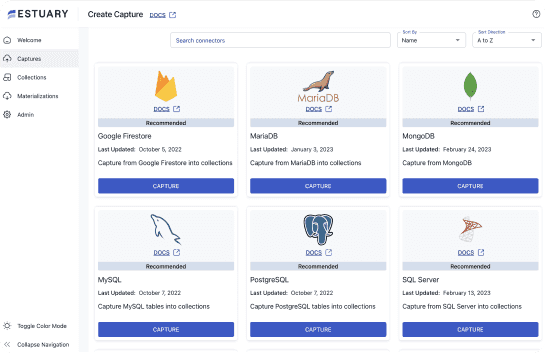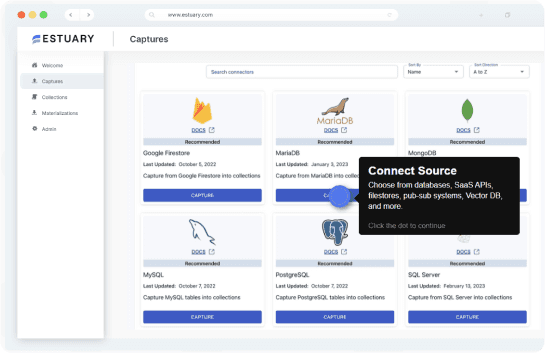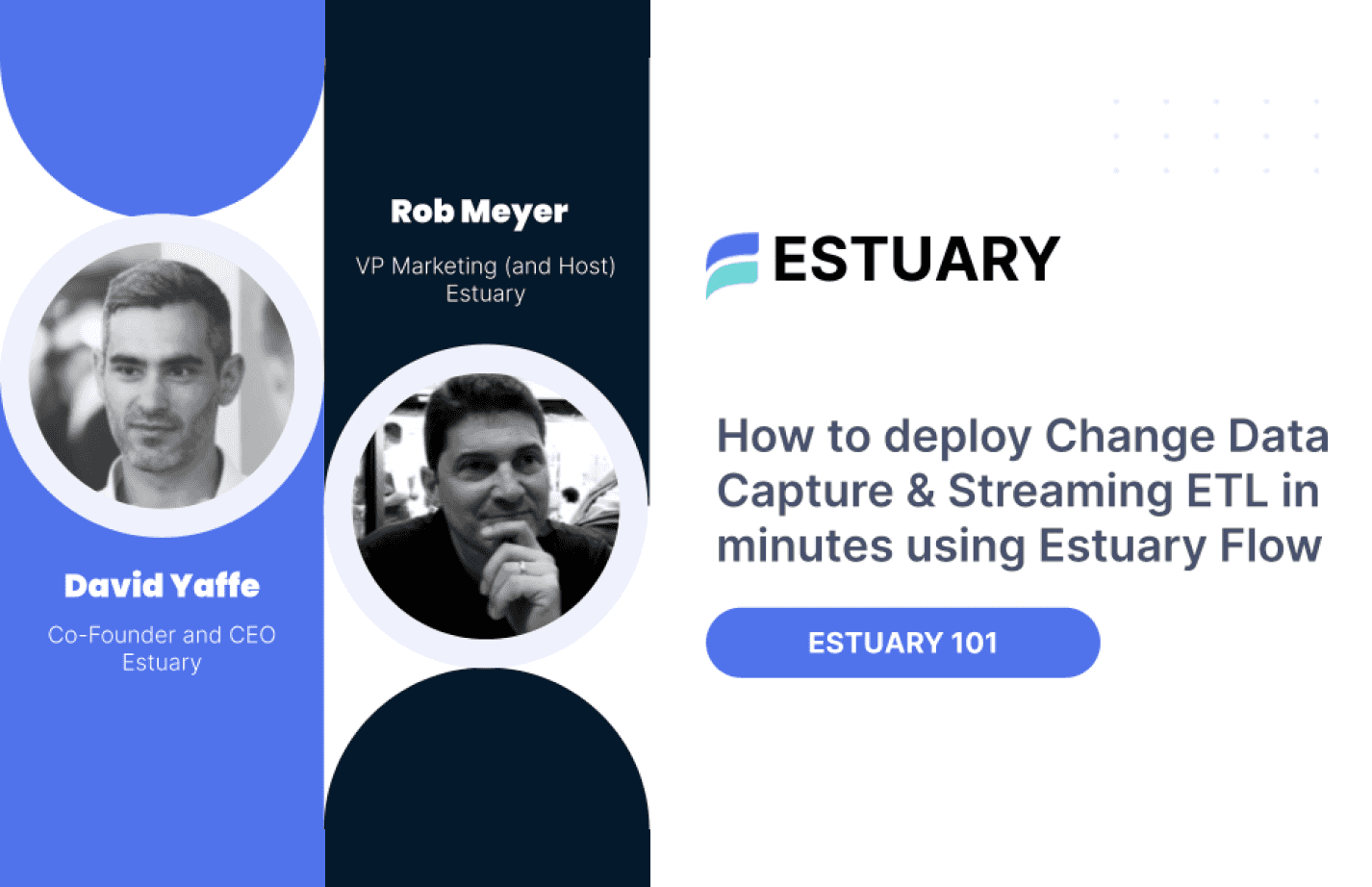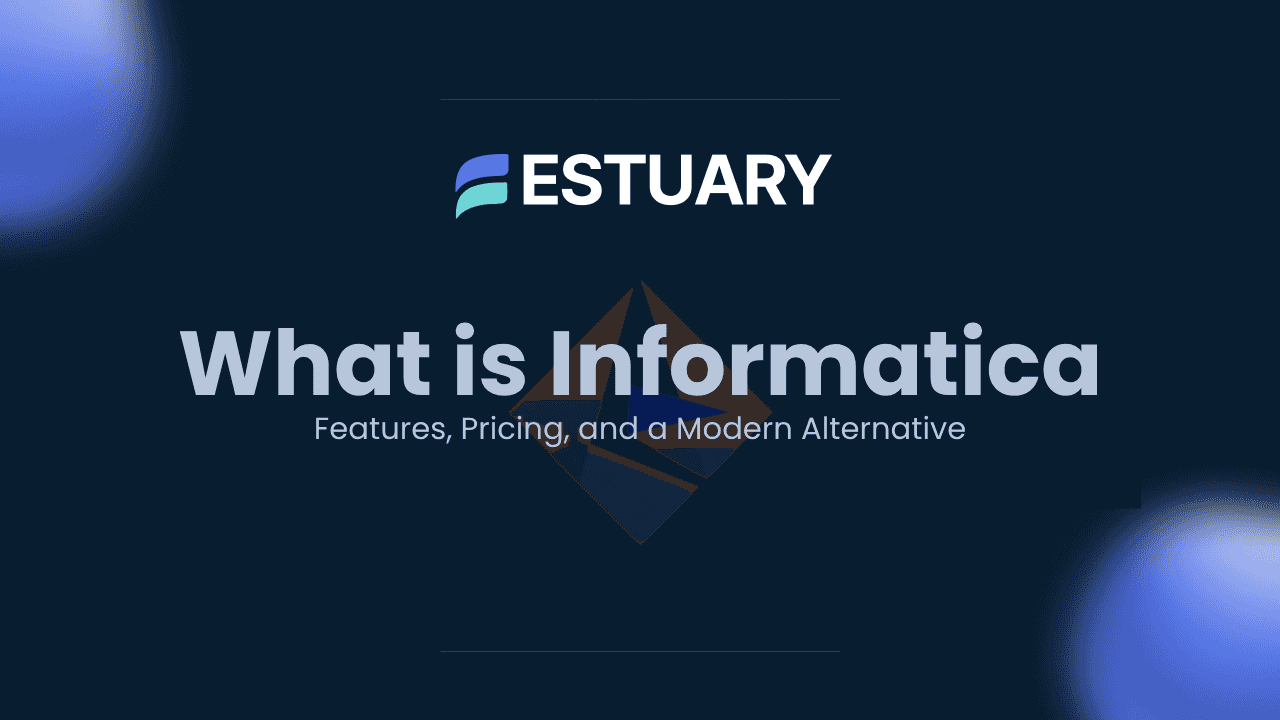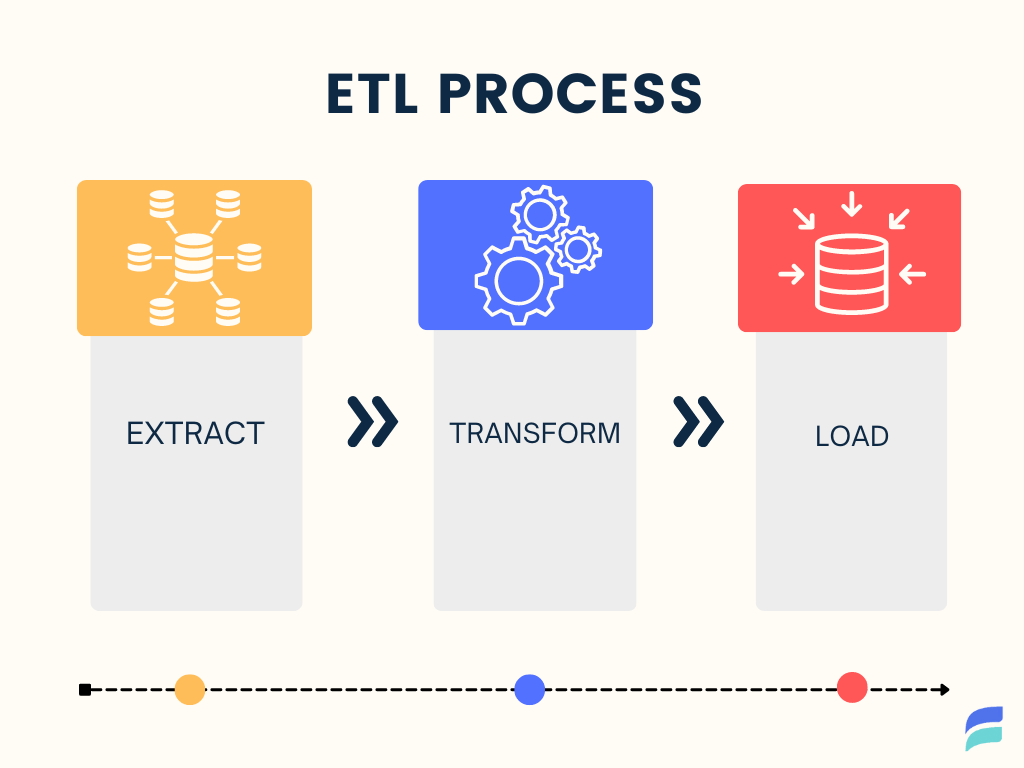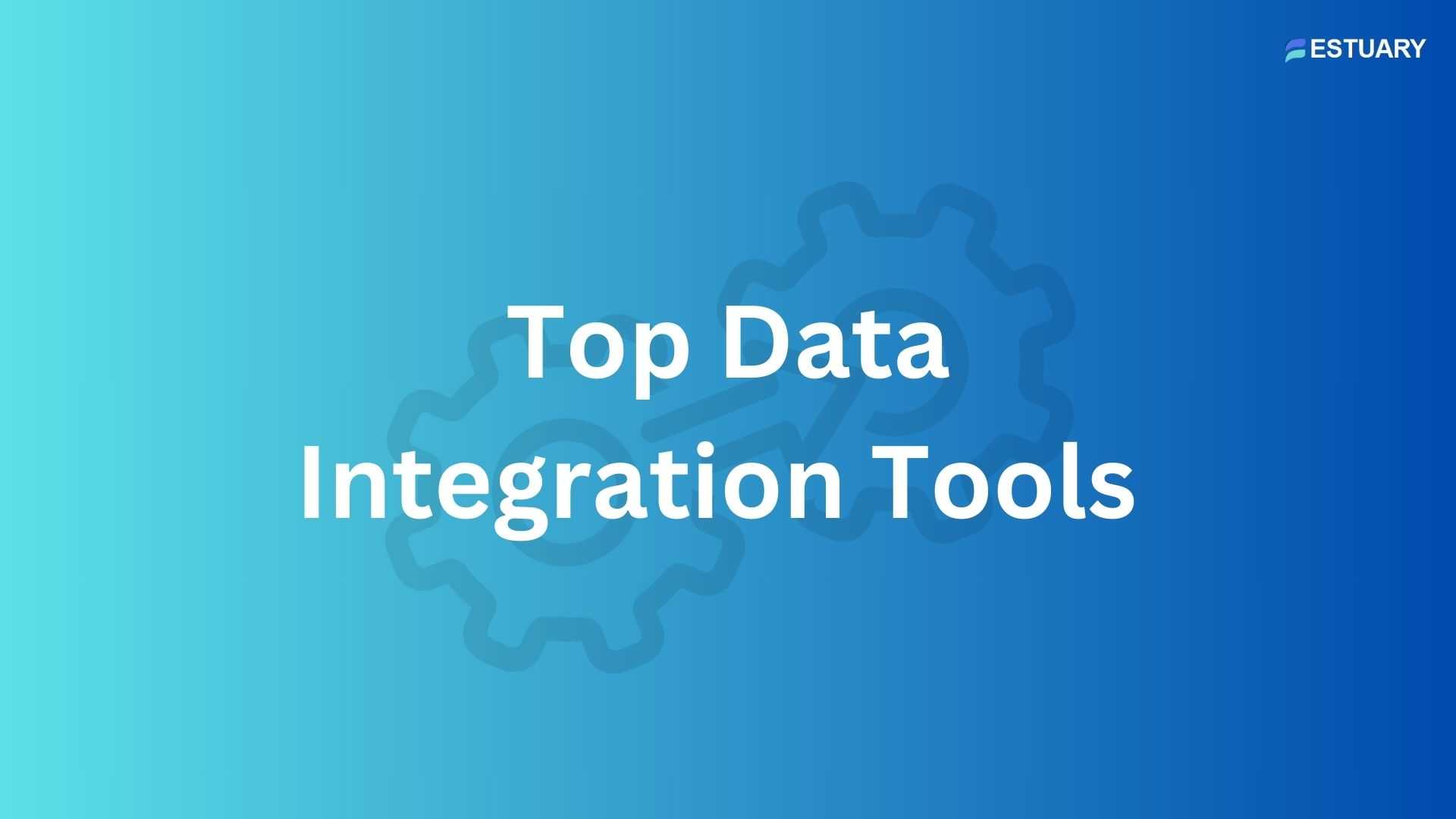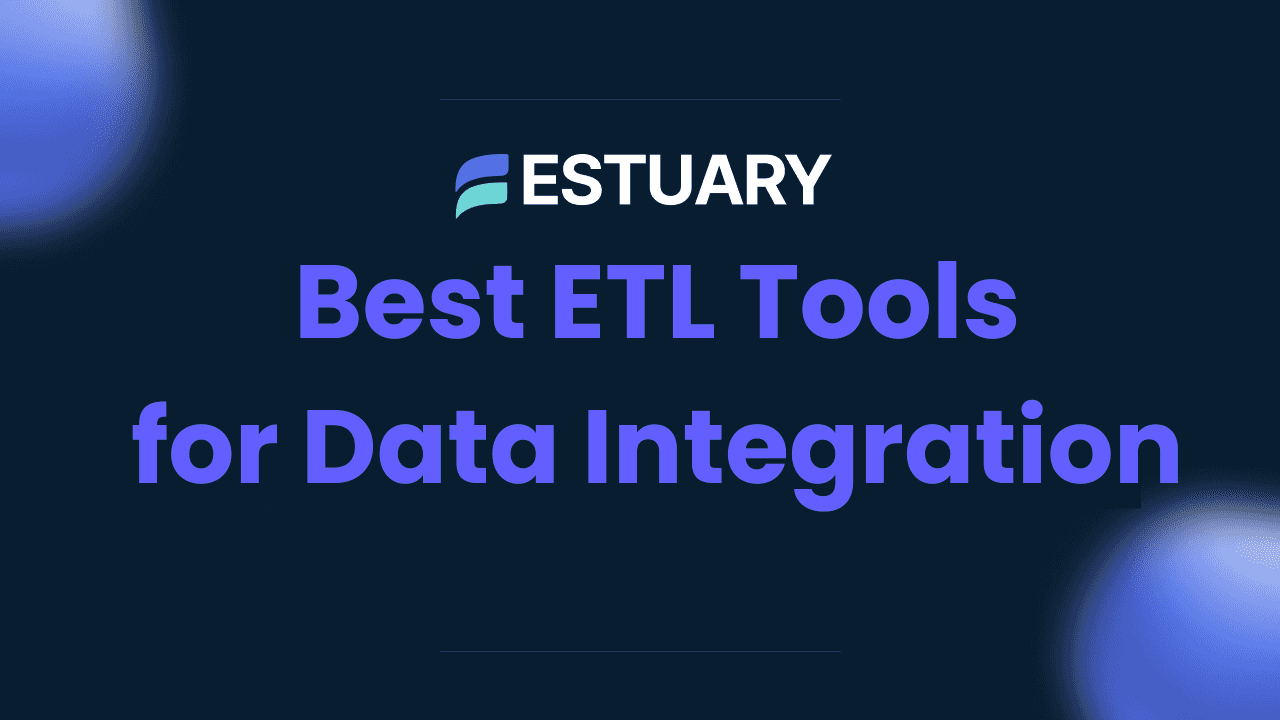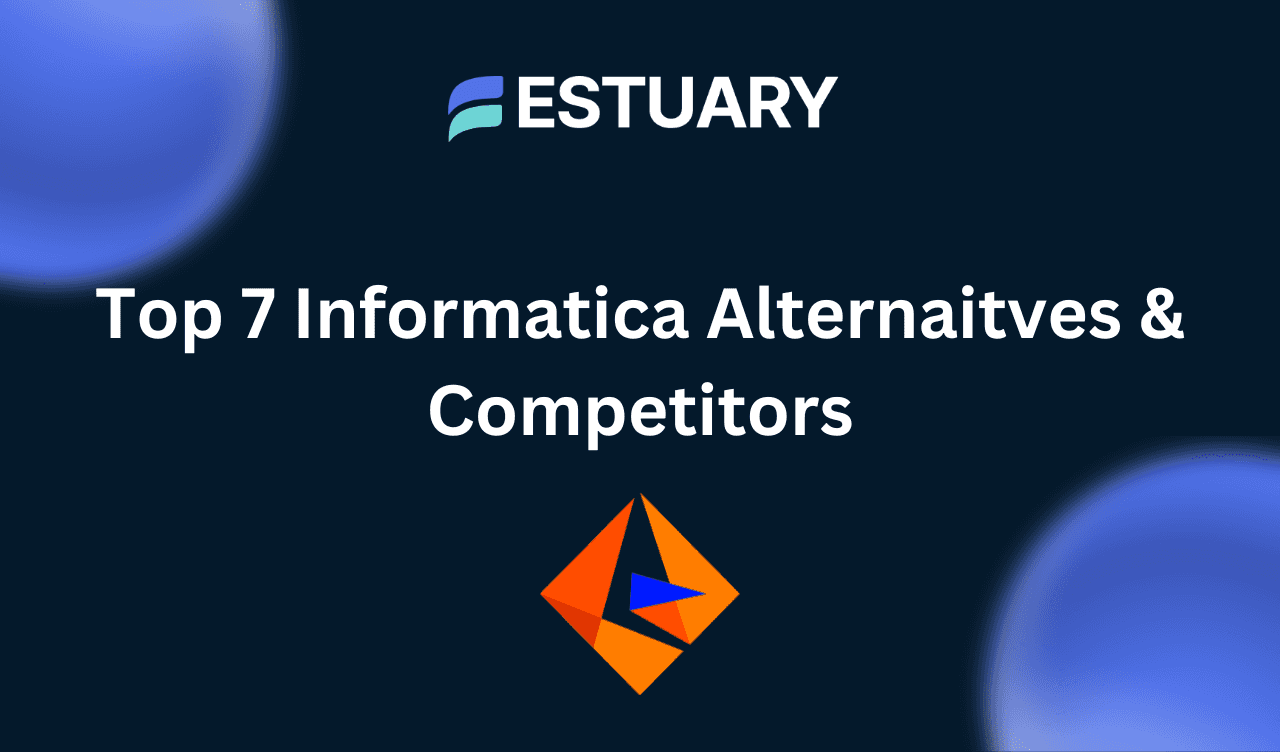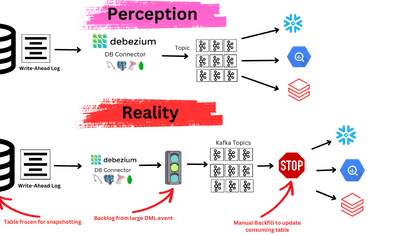
What is Informatica?
Informatica is a widely used enterprise data integration platform that helps organizations extract, transform, and load data into centralized systems for analytics. It has long been trusted for its strengths in data governance, metadata tracking, and master data management.
Traditionally favored by industries like finance, healthcare, and retail, Informatica offered a structured way to manage fragmented data and ensure compliance at scale. But as data systems evolve, many teams are rethinking whether legacy ETL tools can meet today’s needs for agility, cost-efficiency, and real-time responsiveness.
In May 2025, Salesforce announced its intent to acquire Informatica, raising new questions about vendor alignment, flexibility, and long-term fit.
This guide breaks down what Informatica does, how it works, and where it fits in 2025. It also introduces a new approach to data movement for teams seeking speed, simplicity, and adaptability without the overhead of legacy tools.
The Problem Informatica Solves
As organizations scale, their data becomes increasingly fragmented. Customer records, transactions, and operational metrics are often spread across databases, cloud services, and legacy systems. This fragmentation leads to silos that slow down reporting, reduce data quality, and block visibility across the business.
Traditional solutions like manual scripts and one-off integrations create fragile pipelines that are difficult to scale or maintain. Even the most advanced analytics platforms can't deliver value if the underlying data is inconsistent or incomplete.
Informatica attempts to solve this by centralizing the data integration process. For many years, this approach served large enterprises well, especially those with regulatory and governance-heavy requirements. But today, organizations are increasingly running into the limits of batch-first pipelines, rigid architecture, and growing operational overhead.
The result is a growing need to rethink whether legacy platforms still offer the speed, flexibility, and efficiency modern data teams demand.
How Informatica ETL Works: Architecture Explained
At its core, Informatica operates on the ETL model—Extract, Transform, Load. It is designed to move data from various sources into centralized systems such as data warehouses, cloud storage platforms, or business intelligence tools.
Extract
Informatica begins by connecting to source systems where raw data resides. These sources can include:
- Relational databases like Oracle, SQL Server, or MySQL
- Cloud services such as Salesforce, AWS, or Azure
- Flat files, APIs, and legacy systems
Through pre-built connectors or custom configurations, Informatica pulls data from these systems into a staging area.
Transform
Once extracted, data is transformed to meet the specific requirements of the destination system. This process can involve:
- Cleaning and deduplicating records
- Applying business rules and logic
- Standardizing formats (e.g., dates, currencies, units)
- Joining data from multiple sources
- Validating data against defined constraints
Transformations are managed visually using Informatica's design tools, allowing teams to map workflows and logic without hand-coding.
Load
Finally, the transformed data is loaded into its target destination. This could be a cloud data warehouse like Snowflake or BigQuery, an on-premises system, or a reporting platform. Load processes can be scheduled, triggered, or executed on demand depending on business needs.
Metadata and Lineage
A key feature of Informatica is its metadata-driven architecture. Every data asset, transformation, and movement is tracked, allowing users to trace data lineage from source to destination. This transparency is critical for auditing, compliance, and troubleshooting.
Workflow Orchestration
Informatica also provides tools to schedule and monitor data workflows. Complex jobs can be broken into steps with dependencies, triggers, and failure-handling logic, ensuring reliable execution of large-scale data pipelines.
Key Features of Informatica for Data Integration
Informatica provides a comprehensive set of tools for data integration, governance, and management. Its capabilities are designed for large enterprises with complex data environments, where control, compliance, and reliability are essential.
- PowerCenter: PowerCenter is the core ETL engine within Informatica. Its visual development interface allows teams to build data pipelines without manual code, though the overall workflow can still become complex and rigid as use cases scale.
- Master Data Management (MDM): Informatica’s MDM feature helps organizations maintain consistent and accurate records across systems. It consolidates data from multiple sources, resolves duplicates, and creates a single version of truth for key business entities such as customers, products, or suppliers.
- Metadata Management: Metadata management helps users understand the full lifecycle of their data. Informatica tracks data lineage, schema changes, and transformation logic to provide complete visibility into how data moves through the system. This is critical for auditability, troubleshooting, and compliance.
- Data Governance and Security: Informatica includes built-in tools for managing data privacy, access, and protection. Features such as role-based access control, encryption, data masking, and audit trails help ensure that sensitive data is secure and regulatory standards are met.
- Transformation Capabilities: The platform supports a wide variety of transformations to shape raw data into an analytics-ready format. These include:
- Data cleansing and validation
- Aggregation and filtering
- Business rule enforcement
- Data type conversion
- Joins and lookups
All transformations can be built using a visual designer, which speeds up development and reduces dependency on custom code.
- Cloud and Hybrid Integration: Informatica supports both on-premises and cloud environments. It can connect to traditional databases, cloud data warehouses, SaaS applications, and storage platforms. This flexibility makes it possible to bridge legacy infrastructure with modern cloud-native systems.
Use Cases
Informatica is used across a wide range of industries to solve complex data challenges. Its ability to centralize, transform, and govern data makes it well-suited for organizations that need control, compliance, and consistency across large volumes of information.
Retail: Building Unified Customer Profiles
Retailers often have customer data scattered across point-of-sale systems, e-commerce platforms, loyalty programs, and marketing tools. Informatica helps consolidate this data into a single profile, allowing for better personalization, more targeted campaigns, and a seamless customer experience.
Healthcare: Managing Patient Data and Compliance
Healthcare organizations must integrate data from electronic health records, laboratory systems, billing platforms, and patient portals. Informatica enables secure and compliant data flows across these systems, improving care coordination and ensuring that data governance policies are enforced to meet HIPAA and other regulatory requirements.
Financial Services: Streamlining Cloud Migration
Banks and financial institutions rely on Informatica for migrating legacy data to cloud-based systems. It ensures that sensitive financial data is securely transferred, transformed, and validated. This reduces risk, preserves data quality, and allows organizations to modernize infrastructure without compromising regulatory compliance.
Manufacturing: Improving Supply Chain Visibility
Manufacturers deal with operational data from inventory systems, ERP platforms, logistics providers, and IoT sensors. Informatica can unify these data sources to provide real-time insights into supply chain performance. This helps optimize production schedules, reduce delays, and improve forecasting accuracy.
Government and Public Sector: Enabling Data Transparency
Government agencies use Informatica to improve data transparency, share information across departments, and support public reporting. By enforcing data quality and lineage, Informatica helps ensure that decisions are made based on accurate and auditable information.
While Informatica remains a common choice in these industries, many organizations are now seeking solutions that deliver the same reliability with greater agility, real-time responsiveness, and lower operational complexity.
Informatica Pricing: How It Works and What to Expect
Informatica uses a consumption-based pricing model centered around Informatica Processing Units (IPUs). These IPUs allow access to a wide range of services within Informatica’s Intelligent Data Management Cloud. Instead of paying for each tool individually, customers purchase a block of IPUs, which are consumed based on the volume of data processed, services used, and system activity.
Key Pricing Concepts:
- Volume-based consumption - Customers pay based on how much data is moved or processed. This includes usage metrics like data ingestion volume, Secure Agent activity, and processing intensity.
- Flexible service access - IPUs can be used across multiple services, allowing teams to activate different tools as needed without renegotiating contracts.
- AI-powered optimization - Informatica’s CLAIRE engine helps optimize performance and potentially reduce resource consumption by making intelligent recommendations.
- Real-time usage tracking - A built-in dashboard lets administrators monitor IPU consumption in real time and receive alerts when thresholds are approached.
- Quote-based pricing - Informatica does not publish standardized pricing. Instead, organizations must work directly with sales to receive a customized quote based on use case, data volume, and projected growth.
Cost Considerations
Informatica positions this model as scalable and efficient, especially for enterprises using multiple services. However, the lack of transparency and reliance on custom quotes can make it difficult for smaller teams or early-stage data projects to estimate total cost of ownership. Factors such as training, integration time, and administrative overhead can also contribute to the long-term investment required to use the platform effectively.
Limitations of Informatica to Consider
While Informatica is a powerful platform with deep enterprise capabilities, it may not be the right fit for every organization. Here are some common limitations to keep in mind during evaluation:
- Batch-first architecture:
Real-time data sync requires workarounds or add-ons, making it difficult to meet low-latency requirements. - Complex setup and maintenance:
Implementing Informatica can involve steep learning curves, significant configuration effort, and ongoing operational overhead. - Opaque pricing model:
Costs are based on Informatica Processing Units (IPUs), which vary based on usage and services. This often leads to unpredictable spend and limited cost visibility. - Vendor lock-in risk:
Once integrated deeply, switching away from Informatica can be expensive and complex, especially with proprietary logic and transformations built into the platform. - Limited agility for modern data stacks:
Informatica was not built for the flexible, modular cloud-native environments that many teams now operate in. It may struggle to keep up with fast-changing analytics and automation demands.
For teams seeking speed, flexibility, and simplicity without compromising data quality or governance, a modern, streaming-first alternative may be worth exploring.
What the Salesforce Acquisition Means for Informatica
On May 27, 2025, Salesforce announced its intent to acquire Informatica. This strategic move reflects the growing demand for integrated, governed, and high-quality data across enterprise platforms. By bringing Informatica into its ecosystem, Salesforce aims to enhance the capabilities of its Data Cloud and strengthen its position in customer data management and analytics.
For Informatica, the acquisition signals a shift toward deeper integration with Salesforce’s applications and cloud services. This could benefit existing Salesforce customers by offering tighter interoperability across CRM, marketing, and analytics workflows. At the same time, it introduces new considerations for organizations that rely on Informatica but do not use Salesforce as their primary platform.
The acquisition raises key questions for technical and business stakeholders:
- Will Informatica remain platform-agnostic, or become increasingly tied to Salesforce infrastructure?
- How will pricing, packaging, and roadmap priorities evolve under Salesforce ownership?
- What does this mean for customers who prioritize vendor neutrality and multi-cloud flexibility?
For teams evaluating Informatica today, it is important to consider not only its current capabilities, but also how this acquisition could shape the platform’s future direction.
Modern Considerations: Real-Time, CDC, and Flexibility
Data integration needs have evolved. While traditional ETL tools like Informatica are designed to move large volumes of data in scheduled batches, many organizations now require data that is fresh, flexible, and continuously updated.
The Shift to Real-Time
In fast-paced environments like e-commerce, logistics, finance, and operations, decisions are often made in minutes, not days. Waiting for a nightly batch job to complete can mean lost revenue, missed opportunities, or outdated reporting. This is where real-time data streaming and Change Data Capture (CDC) become essential.
Modern pipelines are expected to detect and sync changes as they happen, rather than reloading full tables or relying on manual triggers. They also need to support alerting, orchestration, and downstream actions immediately after a change occurs.
The Challenge with Legacy Platforms
Platforms like Informatica were built before real-time streaming was a core business need. While they offer powerful features for scheduled workflows, metadata control, and data quality, they often lack:
- Native support for streaming or event-based architecture
- Seamless integrations with modern lakehouses and cloud-native tools
- Low-latency CDC pipelines across systems
- Built-in support for dbt or real-time transformation frameworks
- Lightweight deployment options for hybrid or edge use cases
As businesses move toward operational analytics, AI-driven workflows, and dynamic dashboards, batch-first pipelines can become a bottleneck rather than an enabler.
The Need for Flexibility
Modern data teams also value deployment flexibility. Some need SaaS simplicity. Others prefer running inside a private cloud for compliance. Many want to start quickly with minimal DevOps effort, but still maintain full control if needed later.
The ideal platform should offer both technical depth and operational simplicity—real-time performance without heavy infrastructure or complex licensing models.
Estuary vs Informatica: A Modern Real-Time Alternative
Feature | Informatica | Estuary |
| Data Movement Model | Batch-first ETL | Real-time Change Data Capture (CDC) |
| Architecture | Multi-tool stack with external dependencies | Unified streaming-first platform |
| Setup and Maintenance | Complex setup, requires deep expertise | No-code/low-code with fast onboarding |
| Data Latency | Scheduled jobs, delayed updates | Millisecond-level data delivery |
| Deployment Options | Cloud-hosted only | SaaS, Private Cloud, or BYOC |
| Pricing Model | Quote-based, usage via IPUs | Transparent, volume-based |
| Schema Evolution | Manual with admin overhead | Automatic, schema-enforced |
| Transformation Support | Workflow-based ETL with business rules | SQL-based transformations and dbt integration |
| Use Case Fit | Legacy modernization, MDM-heavy workloads | Real-time sync, analytics, automation, lakehouse |
| Learning Curve | Steep, training often required | Lightweight and intuitive |
Why Modern Teams Choose Estuary Over Informatica
Informatica is a well-established platform built for large enterprises with complex governance needs and legacy systems. It shines in environments where batch processing, master data management, and regulatory oversight are the primary focus.
But for teams that need data to move faster, react in real time, and scale flexibly without the burden of heavy infrastructure, Estuary offers a more modern path forward compared to Informatica.
Estuary is built for real-time data movement from the ground up. Whether you're syncing product updates to a warehouse, streaming customer events to an analytics layer, or powering a live dashboard, Estuary ensures that your data is always fresh, reliable, and actionable.
With no-code setup, native schema enforcement, and a transparent pricing model based on actual data volume, Estuary helps data teams focus on delivering value instead of managing complexity. Its ability to run in fully managed SaaS, private cloud, or bring-your-own-cloud environments gives you the flexibility to meet compliance and operational needs on your terms.
If you're exploring Informatica as a solution, but find that speed, simplicity, or real-time responsiveness matter more to your team, Estuary is a strong alternative to consider.
"Our migration away from Rockset would’ve been 100x harder without the unique capabilities that Estuary provides. We now materialize transformations from Snowflake, DynamoDB, and MySQL in under a second. Estuary gives us the flexibility to support any workload on our platform."
– Alexander Mays, Principal Engineer at Forward (Read Success Study)
This kind of flexibility and speed is difficult to achieve with traditional ETL tools built for batch pipelines and static infrastructure.
Conclusion: Choosing the Right Tool
Informatica has long been a trusted platform for enterprises that require strict data governance, complex ETL workflows, and centralized control. Its maturity and breadth of features make it a strong fit for traditional, highly regulated environments.
But as data architectures evolve, priorities are shifting. Real-time visibility, simplified maintenance, faster iteration, and flexible deployment options are no longer "nice to have" — they’re becoming standard requirements for modern data teams.
This shift is prompting many organizations to reevaluate whether legacy ETL tools, with their batch-first design and operational overhead, are still aligned with their current and future needs.
Estuary represents a modern alternative. It offers real-time change data capture, no-code onboarding, flexible cloud deployment, and transparent, volume-based pricing. For teams that want to reduce complexity while increasing speed and control, Estuary provides a future-ready foundation.
If you’re evaluating Informatica, now is the time to ask: do you need more tools to manage your data, or a platform that helps you move it forward?
Try Estuary for free or talk to our team to see how modern data movement can look in your environment.
FAQs
What are the limitations of Informatica?
Can Informatica handle streaming data?
Why are teams moving away from Informatica?

About the author
Team Estuary is a group of engineers, product experts, and data strategists building the future of real-time and batch data integration. We write to share technical insights, industry trends, and practical guides.

